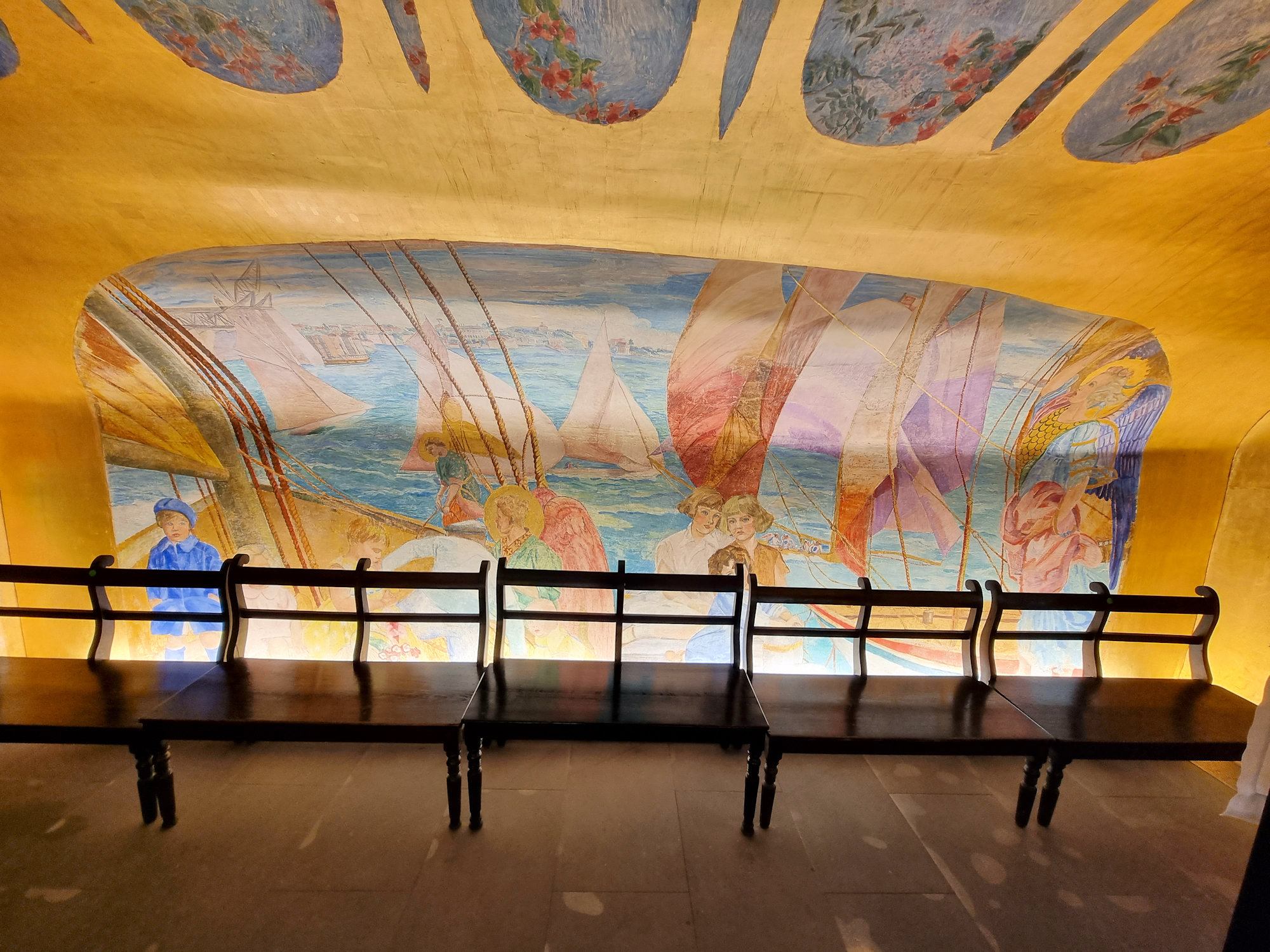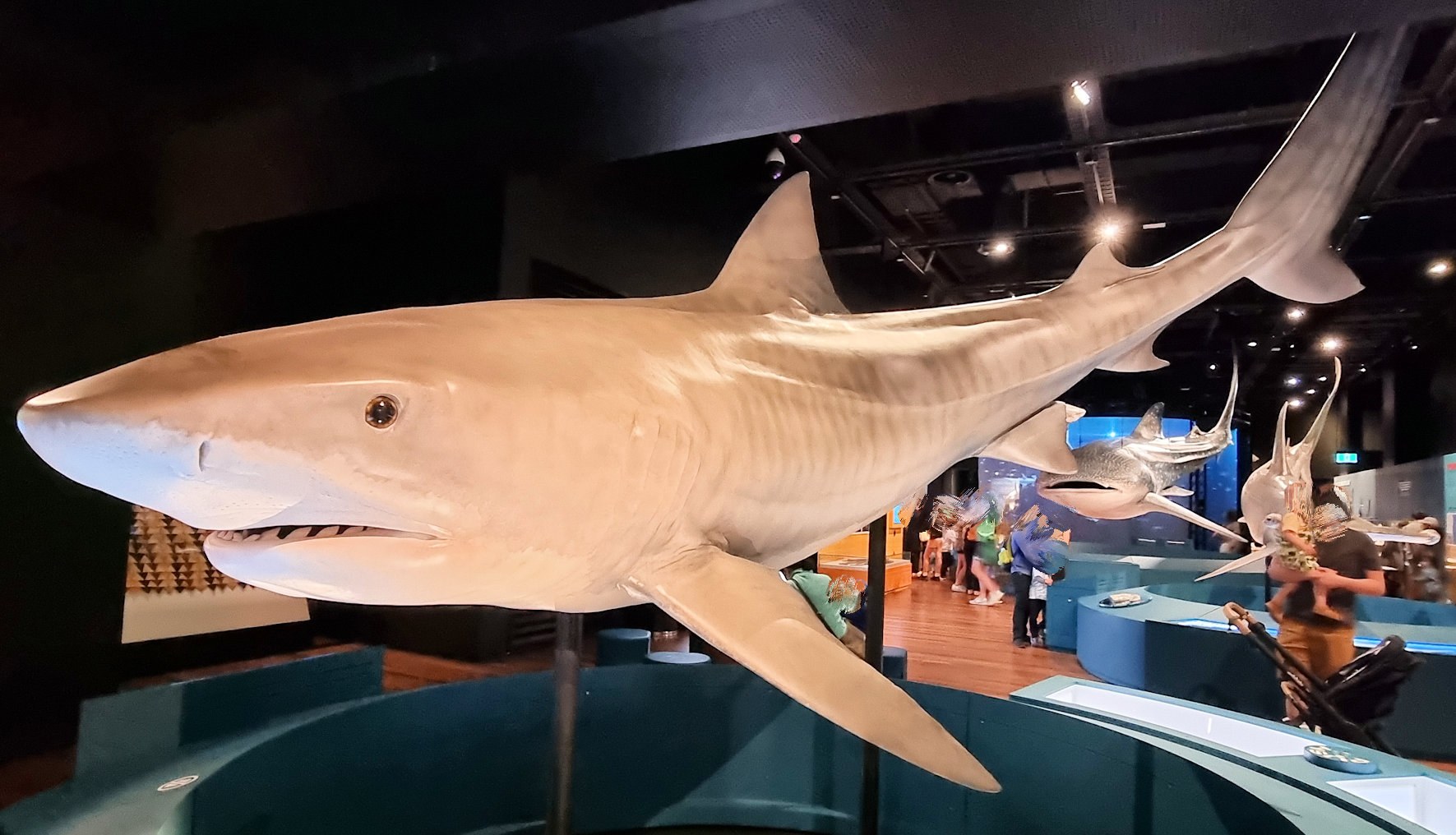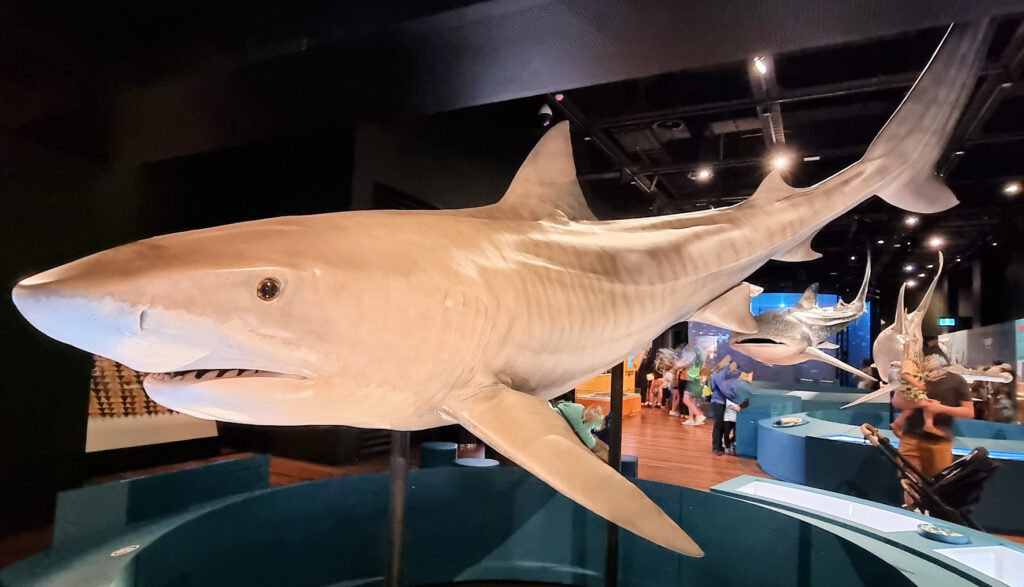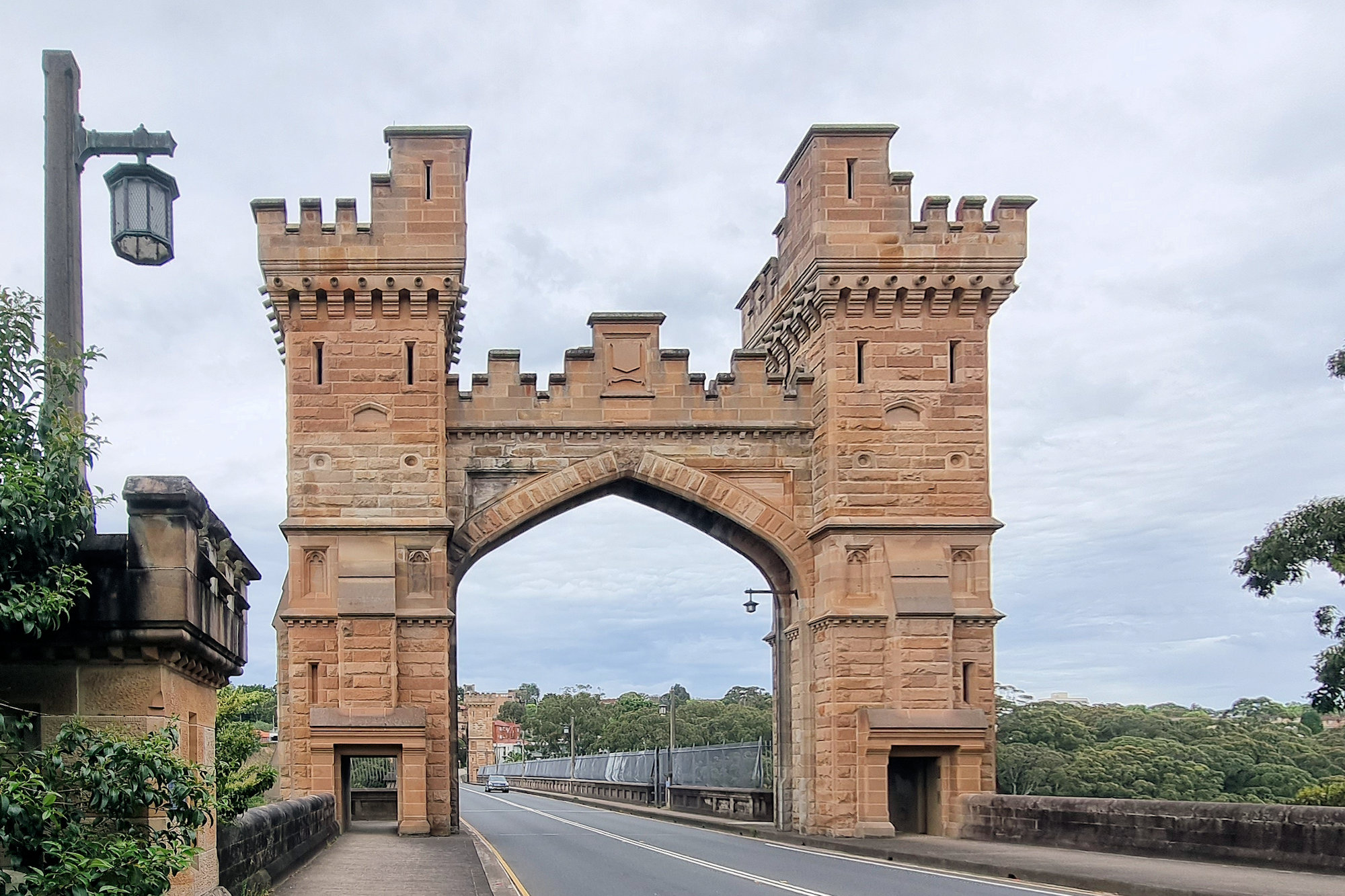St. James Church Sydney
Designed by convict architect Francis Greenway, St James Church Sydney is the city’s oldest church. Built between 1819 and 1824 using convict labour and consecrated on 11 February 1824 it has been in continuous use to the present day. Located at the end of King Street, the closest train station is St James which only a three-minute walk away.
During our visit, the altar area and organ were undergoing repairs. Unfortunately, Covid has caused delays to the replacement parts for the organ, however, the rest of the church is open to look around.

The Undercroft (The Crypt)
We were lucky to be able to see the undercroft (crypt), because it is not always open. One of the highlights, the Children’s Chapel is located here. Unique in Australia the murals were painted by the Turramurra Painters, a collaborative partnership of artists.
Also stored in the crypt are the ashes of former parishioners, including former prime minister Gough Whitlam.





Interior
The interior of the church was totally remodelled in 1900–1902, although the marble memorials were retained. It has also retained its original character as a Georgian town church. It has remained this way with the exception of the Chapel of the Holy Spirit (south portico) which was rebuilt in 1988.
This is an interesting and historic little church, with the highlight being the undercroft and the Children’s chapel.










To see what else there is to do in New South Wales, please see some of our other stories.
Our photos are available for purchase on

















